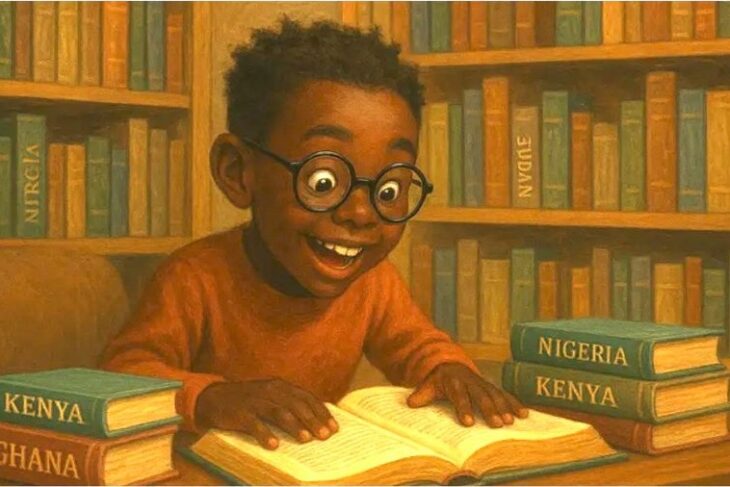 Art has a purpose. It is to act as an expression and extension of humanity and the human experience. This much is obvious, listen to any song, read any novel or view a painting and one can oftentimes feel what the artist is striving for (more so if the piece is very good).
Art has a purpose. It is to act as an expression and extension of humanity and the human experience. This much is obvious, listen to any song, read any novel or view a painting and one can oftentimes feel what the artist is striving for (more so if the piece is very good).
Because art in all its forms is the ultimate expression we can all understand it has naturally been used by many for differing reasons, from religious to the selling of cereal, and as a result, many artists have decided that some form of non-alignment or neutrality in their works is best as they don’t wish to be bogged down in fights over ideology or sales-figures.
Such a stance, art for art’s sake, is understandable, but it is a wrong stance which in the long run leads to the stupification of the arts while allowing the most awful entities, be they political or corporate, to control art or, more importantly, the message in the art. For the truth is that there is no such thing as art for art’s sake as all forms of art will inevitably be used to either confirm or deny pleasure, or piss off people.
Two cases immediately spring to mind why art for art’s sake will only lead to the rise of demagogues and the rule of the stupid – the song The Snake (often quoted by Trump) and the artist Jackson Pollock.
The Snake has seemingly been revived by the current US president who uses it as a warning against taking in those people who are fleeing oppression and economic hardship as they, like the snake, will only bite the hand that feeds them.
The irony of Trump using this song for his political agenda was not lost on the daughter of the author of the song who has been demanding that the president stop abusing the song as the snake in the song represents the American colonist and the helping hand the Indians and Africans.
The artist Jackson Pollock was the famous abstract painter who, though liberal in his politics (based on the little gleanings we have), was deliberately apolitical in his works, choosing to express love angst etc. Jackson painted during the height of the cold war and his wish to stay apolitical may also have been one of self-preservation (as many pink/red artists and intellectuals were blackballed) but his works were in the end used for a political goal as the CIA, through shell companies, funded Pollock and exhibited his works worldwide to combat the Soviet art style which was making headway in both newly independent colonies and across Europe.
The truth is, art is not neutral because humans are not neutral. They engage in politics and religion and will use art to further those means. To try and partition one’s work from these pressing topics is both silly and doomed to failure. The truth is also that all of the world’s greatest works – poems, songs, pieces of art – are not neutral but project a message and that is why they speak to us and in many cases are used.
Art is not neutral because each new form of art is born out of a struggle between the old and new guard and that in turn always involves the broader society be it political or religious or commercial. The movement from medieval art to that of the Renaissance, that art of Chaucer and then of Michelangelo, was shaped by the outward society and their art shows it. Art needs more than the banality of say, love, lust or mere consumerism simply because it is an expression of humanity and open to interpretation the second it becomes public.
A Warhol painting, for example, while looking good has nothing behind it and as such can be used for things on any side of the political aisle. A Picasso, on the other hand, could never be used to sell a war for example as the politics of this artist bled into the works. The same can be said of Wagner where even today we feel in our bones the politics and opinions coming through in his operas. Small wonder the Nazis endorsed him.
Though politics, religion and the like are depressing and even dividing, the artist must fight the urge to make his/her art neutral. The very same neutrality which they strive for and the areas which they wish to be segregated from will eventually catch up to them and their works. Performing a love song in apartheid South Africa was taking a political side just as much as the murals plastered up in Derry, so instead of hiding behind a neutrality which in the end does not (for many reasons) embrace the societal issues and discussions and incorporate them in the arts of all forms, that way at least artists will be able to control the prism through which their works are viewed.



